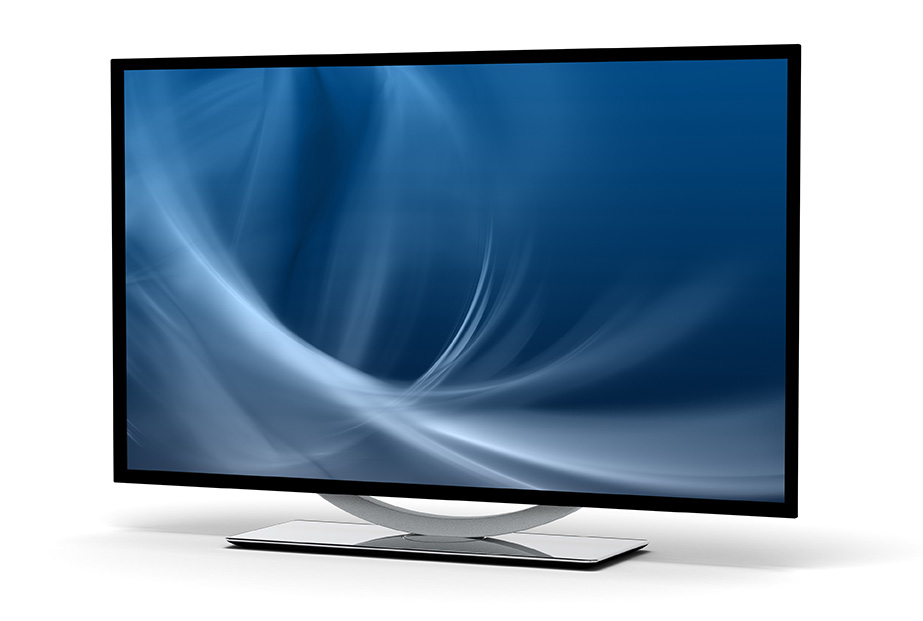By Guy Serwin
Allow me to introduce two vital components crucial to your digital signage setup: digital signage players and system on a chip (SoC) devices. If these terms sound unfamiliar, fear not—I’ll elucidate them for you. Digital signage players are specialized gadgets crafted exclusively for showcasing digital signage content. On the contrary, SoC devices are integrated circuits merging multiple computer or electronic system elements onto a solitary chip.
Now, why is it imperative to select the appropriate hardware for your digital signage installation, you might wonder? Well, the choice can significantly impact the performance, reliability, and scalability of your digital signage network. So, let’s delve into the disparities between digital signage players and SoC devices in content display and learn how to discern the ideal one for your requirements.
Digital Signage Players: Pros and Cons

Let’s now dive deeper into the realm of digital signage players—unveiling their essence, advantages, disadvantages, and the key considerations for selecting the perfect fit for your digital signage installation.
But what exactly constitutes a digital signage player? In essence, it’s a specialized device meticulously crafted to display digital signage content. These players typically surpass other devices in terms of processing power and storage capacity, ensuring seamless and reliable playback of multimedia content.
As with any choice, there are pros and cons to utilizing a digital signage player. On the positive side, they offer peak performance, unwavering reliability, and remarkable flexibility. You can effortlessly connect multiple displays, personalize your content, and even govern your signage from a distance. However, it’s worth noting that they may be pricier than alternative options and might demand a higher level of technical expertise for setup and maintenance.
When opting for a digital signage player, various factors warrant your consideration. Foremost, mull over your content requirements—will you be showcasing high-resolution videos, graphics, or other multimedia content? Additionally, decide on the number of displays you intend to employ, as well as the connectivity needs for your installation. Naturally, budgetary constraints and installation prerequisites will also exert their influence over your final decision.
Choosing the Right SoC Device

Now let’s unravel the intricacies of SoC (system on a chip) devices—a marvel of integrated circuits merging various computer and electronic system components onto a solitary chip. In the realm of digital signage, this implies that such devices can seamlessly handle both content playback and display output, all encapsulated within a compact package.
Embracing an SoC device for your digital signage presents a notable advantage: it can prove to be a more cost-effective alternative to a dedicated digital signage player. SoC devices are often more affordable, easier to set up and maintain, as they eliminate the need for additional hardware or cabling.
Nevertheless, employing an SoC device carries its own set of drawbacks. They might not deliver the same level of performance or versatility as a dedicated digital signage player. Additionally, they may be restricted in terms of the number of supported displays and available connectivity options.
When selecting an SoC device for your digital signage installation, many factors mirror those considered when choosing a digital signage player. Contemplate your content requirements, the number of displays in use, connectivity prerequisites, and naturally, your budget and installation specifications.
All things considered, SoC devices can serve as an excellent choice for specific digital signage setups, providing cost savings and user-friendly operation. However, it is crucial to meticulously assess the pros and cons while factoring in your specific needs before reaching a decision.
Comparing Digital Signage Players and SoC Devices

Let’s now start the comparison between digital signage players and SoC devices, considering several important factors, and provide you with guidance on selecting the appropriate hardware for your digital signage setup.
First and foremost, you’ll want to consider your content requirements. If you need to display complex multimedia content, a digital signage player may be the better choice, as it will typically have more processing power and memory to handle those types of files. On the other hand, if you’re displaying simpler content like text or static images, an SoC device may be sufficient.
Another important factor is the number of displays you’ll be using. If you’re working with a large number of displays, a digital signage player may be more scalable, as it can often support more screens. SoC devices, on the other hand, may be more limited in this regard.
Connectivity requirements are also a consideration. If you need to connect to a variety of devices or networks, a digital signage player may be a better choice, as it will typically have more connectivity options. However, if you have simpler networking needs, an SoC device may suffice.
Budget is obviously a big factor as well. SoC devices are often less expensive than digital signage players, but you’ll need to balance that against the other factors we’ve discussed. It’s also important to consider installation requirements – if you have limited space, for example, an SoC device may be a better fit than a larger digital signage player.
When evaluating your options, be sure to take all of these factors into account, and plan for future growth and scalability as well. You don’t want to invest in hardware that will quickly become obsolete or unable to keep up with your evolving needs.
Overall, both digital signage players and SoC devices have their advantages and disadvantages, and the right choice for your installation will depend on your specific requirements. With careful evaluation and planning, you can choose the hardware that will best meet your needs and deliver a great digital signage experience.
Making the Right Choice for Your Digital Signage Solution

Well folks, there you have it – a breakdown of the differences between digital signage players and SoC devices, and some key factors to consider when choosing the right hardware for your digital signage solution.
Choosing the right hardware is crucial to ensuring that your digital signage delivers the best possible experience for your audience. By considering factors such as content requirements, number of displays, connectivity, budget, and installation requirements, you can make an informed decision that will set your installation up for success.
FAQs
- What is a digital signage player?
- A digital signage player is a dedicated device designed specifically for displaying digital signage content. It provides processing power and storage capacity to ensure smooth playback of multimedia content.
- What is an SoC device?
- SoC stands for System on a Chip. It refers to an integrated circuit that combines multiple components of a computer or electronic system onto a single chip. In the context of digital signage, an SoC device can handle both content playback and display output in one compact package.
- What are the advantages of using a digital signage player?
- Digital signage players offer high performance, reliability, and flexibility. They typically have more processing power and storage capacity than other devices, allowing for smooth playback of multimedia content. They also provide options for customization, remote control, and the ability to connect multiple displays.
- What are the advantages of using an SoC device?
- SoC devices are often a more cost-effective option compared to dedicated digital signage players. They are typically less expensive, easier to set up and maintain, and do not require additional hardware or cabling. They can provide a compact and integrated solution for content playback and display output.
- Which is better, a digital signage player or an SoC device?
- The choice between a digital signage player and an SoC device depends on various factors, including performance requirements, budget, installation needs, and desired flexibility. Each option has its own advantages and considerations, and the decision should be based on individual circumstances.
- Can an SoC device deliver the same performance as a dedicated digital signage player?
- While SoC devices can handle content playback and display output, they may not offer the same level of performance or flexibility as dedicated digital signage players. Dedicated players often provide more processing power and storage capacity, which can be beneficial for demanding multimedia content or complex signage setups.
- Are SoC devices limited in terms of the number of displays they can support?
- Yes, SoC devices may have limitations in terms of the number of displays they can support. This can vary depending on the specific device and its capabilities. Dedicated digital signage players generally offer more flexibility in terms of connecting and managing multiple displays.
- Do digital signage players require more technical expertise to set up and maintain?
- Digital signage players may require a certain level of technical expertise for initial setup and ongoing maintenance, especially when dealing with complex configurations or advanced features. However, user-friendly interfaces and support resources are often available to simplify the process.
- Can both digital signage players and SoC devices be remotely controlled?
- Yes, both digital signage players and SoC devices can often be remotely controlled. This allows users to manage and update content, schedule playback, and perform other administrative tasks from a central location, providing convenience and flexibility in managing digital signage networks.
- How should I choose between a digital signage player and an SoC device for my installation?
- When making a decision, consider factors such as your content requirements, performance expectations, budget, scalability needs, technical expertise, and desired level of control and customization. It is recommended to evaluate the specific features, capabilities, and limitations of each option to determine which best suits your installation requirements.
Remember, when evaluating your options, it’s important to plan for future growth and scalability, so that your hardware can keep up with your evolving needs over time.
So, what are your next steps? If you’re still unsure which hardware option is best for you, contact our solutions team for a no obligation consultation and demonstration of the Korbyt Anywhere platform.









